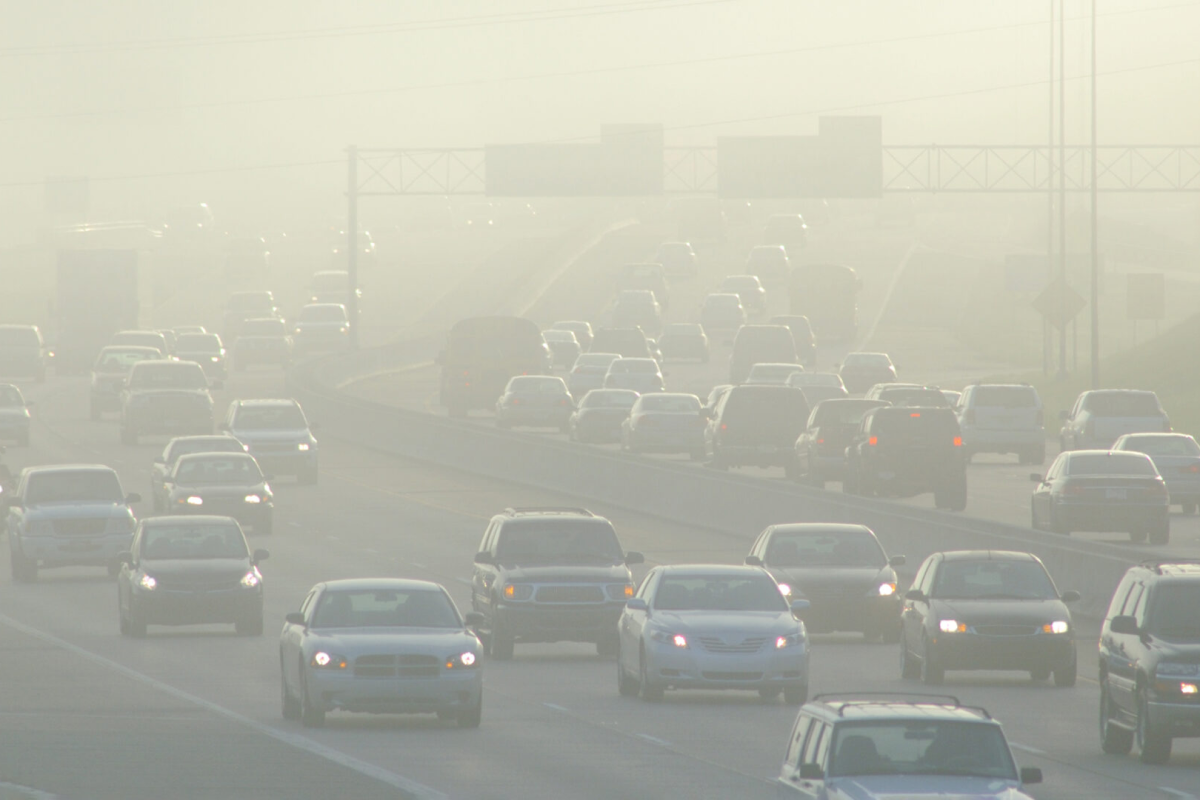The U.S. Supreme Court will soon decide how states must act as “good neighbors” when it comes to air pollution.
Three states — Ohio, West Virginia and Indiana — along with industry allies have petitioned the Supreme Court via its emergency appeals “shadow docket” to block a federal rule targeting ground-level ozone, or smog, that drifts across state lines.
The case, Ohio v. Environmental Protection Agency, centers on the EPA’s Good Neighbor Plan. Introduced in 2015 and finalized by the Biden administration in 2023, the plan is designed to prevent upwind states from causing air quality problems for their downwind neighbors. More than 100 million Americans live in communities where ozone levels exceed the current health standard.
The dispute coincides with broader efforts to recalibrate the balance of power between federal agencies and the courts, potentially shifting authority away from regulators like the EPA, the Food and Drug Administration and the Department of Agriculture, as well as hampering their ability to set and enforce health and environmental standards.
“The Supreme Court’s decision to hear arguments in this case may have been motivated by the fact that, given the nature of interstate ozone pollution, the good neighbor rule needs all affected states participating to effectively address interstate ozone,” said Robin Craig, an expert in environmental law at the USC Gould School of Law.
